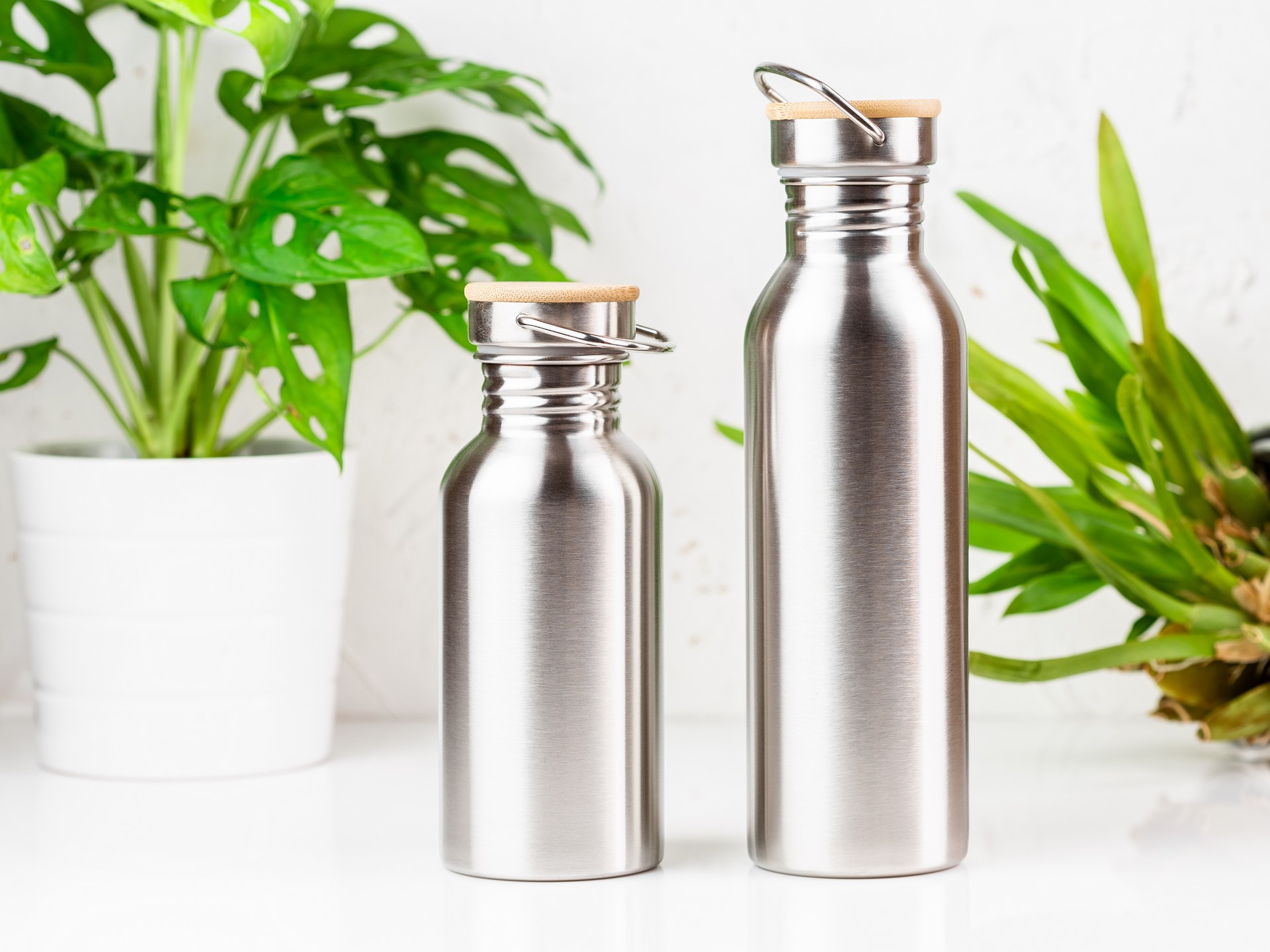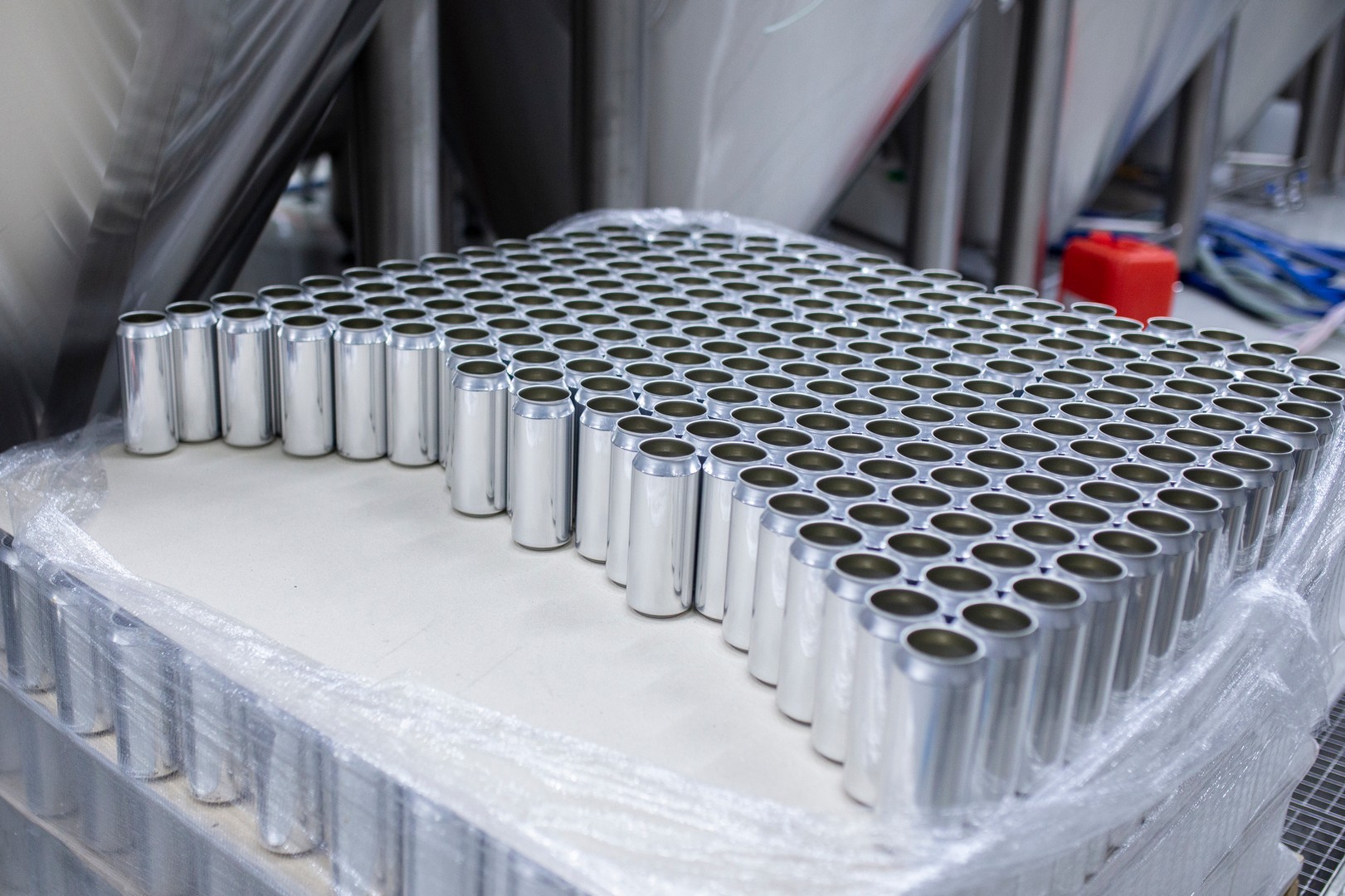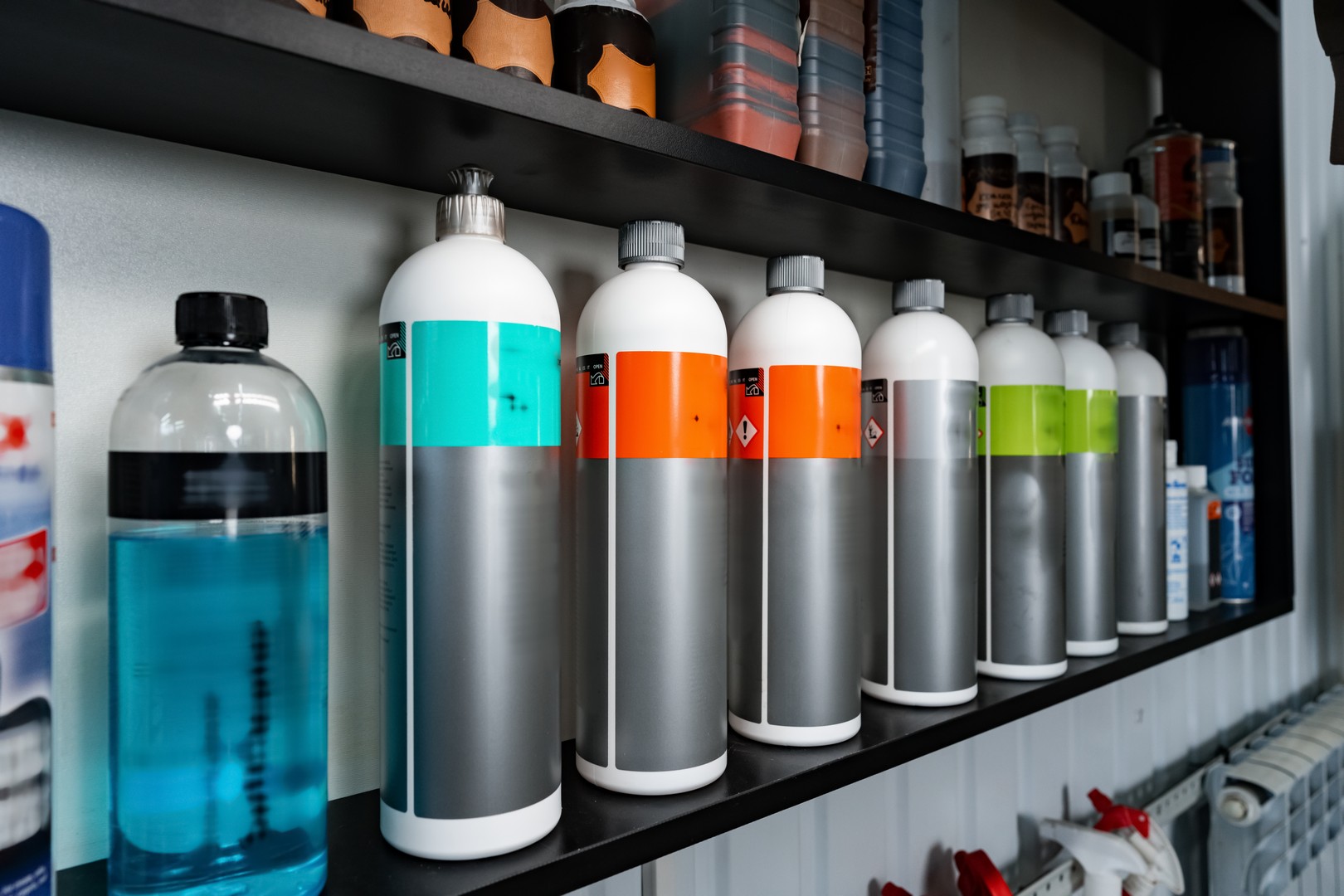The packaging industry is experiencing an unprecedented transformation as environmental consciousness reaches new heights in 2025. With the global sustainable packaging market projected to reach $1.1 trillion by 2025, representing a 7.6% CAGR growth, brands across industries are racing to adopt eco-friendly solutions that resonate with environmentally conscious consumers.
At the forefront of this green revolution stands aluminum packaging—a material that combines infinite recyclability, durability, and premium aesthetics into one sustainable solution. As Jiangxi Yingtonglai Metal Products Co., Ltd. (YTL Packaging), we’ve witnessed firsthand how aluminum is revolutionizing packaging across cosmetics, automotive, and healthcare industries, making sustainability accessible without compromising quality or brand appeal.
The Sustainable Packaging Imperative: Market Forces Driving Change
Consumer Demand for Environmental Responsibility
The shift toward sustainable packaging isn’t just a trend—it’s a fundamental change in consumer behavior. 80% of beauty brands are now prioritizing sustainable packaging, ingredients, and ethical sourcing practices, driven by consumers who increasingly evaluate brands based on their environmental impact.
Recent market research reveals that 65% of premium buyers expect packaging to reflect the sustainable values of the brand, particularly in the luxury cosmetics sector. This consumer pressure is translating into real business impact, with brands reporting that sustainable packaging initiatives are directly influencing purchase decisions and brand loyalty.
Regulatory Pressure and Extended Producer Responsibility
Governments worldwide are implementing Extended Producer Responsibility (EPR) legislation, making brands financially and operationally responsible for their packaging’s end-of-life management. The European Union’s Packaging and Packaging Waste Directive, California’s EPR legislation, and similar regulations in North America are pushing companies to rethink their packaging strategies fundamentally.
These regulations aren’t just encouraging the use of recyclable materials like paper, glass, aluminum, HDPE, and PET—they’re actively discouraging problematic plastics including polystyrene, polypropylene, and PVC. This regulatory landscape is creating a clear competitive advantage for brands that choose inherently sustainable materials like aluminum.
Aluminum: The Ultimate Sustainable Packaging Solution
The Circular Economy Champion
Aluminum stands out as the most recycled material globally, with recycling rates consistently exceeding 60% across all industries. Unlike many other materials, aluminum can be recycled infinitely without losing its properties, making it the perfect embodiment of circular economy principles.
The numbers are compelling:
- 95% less energy required to produce recycled aluminum compared to primary aluminum
- Infinite recyclability without quality degradation
- Lower carbon footprint than glass, plastic, or virgin aluminum alternatives
Market Growth and Investment Trends
The recycled aluminum packaging market is experiencing explosive growth, valued at $11.26 billion in 2022 and projected to reach $16.2 billion by 2032. This growth is being driven by several key factors:
Automotive Industry Leadership: The transition to electric vehicles is creating unprecedented demand for lightweight, sustainable materials. With General Motors targeting 1 million EV production capacity by 2025 and Volkswagen aiming for fully electric production by 2033, aluminum packaging for automotive care products is experiencing surge demand.
Cosmetics Industry Transformation: Premium cosmetic brands are increasingly adopting aluminum packaging to meet luxury market expectations while demonstrating environmental responsibility. The cosmetics segment alone is expected to grow at a 5.8% CAGR through 2034.
Healthcare and Pharmaceutical Growth: With strict safety requirements and increasing emphasis on sustainable practices, healthcare brands are turning to aluminum for its superior barrier properties and environmental credentials.
YTL Packaging: Pioneering Sustainable Aluminum Solutions
Our Sustainability Journey
Since our founding in 2010, we’ve been committed to sustainable manufacturing practices. Our journey from producing 1 million aluminum bottles annually in 2013 to 11 million bottles in 2024 has been guided by our core principle: delivering premium packaging solutions while minimizing environmental impact.
Our 30,000 square meter facility in Jiangxi Province operates with energy-efficient processes, and our 99.7% pure aluminum construction ensures maximum recyclability for every bottle we produce. We’ve achieved this growth while maintaining our commitment to sustainability through:
Advanced Manufacturing Efficiency
- 3 painting lines and 6 printing machines optimized for minimal waste
- Wall thickness precision of 0.45-0.6mm for optimal material usage
- Flexible MOQ of 5,000 pieces to reduce overproduction
Comprehensive Certification Standards
- ISO 14001 Environmental Management systems
- FDA, LFGB, and EU compliance ensuring safe, sustainable products
- SGS and Bureau Veritas testing for quality and environmental impact
Industry-Specific Sustainable Solutions
Cosmetics and Personal Care: Luxury Meets Sustainability
The cosmetics industry’s embrace of aluminum packaging reflects a broader shift toward “green beauty” that goes beyond organic formulations. Our aluminum bottles for cosmetic applications offer:
Premium Aesthetics with Environmental Benefits:
- Infinite color customization through eco-friendly coating processes
- Advanced decoration techniques including embossing and screen printing
- Travel-friendly formats (5-30ml) that reduce overall packaging waste
Product Protection and Shelf Life Extension:
- Superior barrier properties against light, oxygen, and moisture
- Extended shelf life reducing product waste and returns
- Chemical compatibility with a wide range of formulations
Automotive Care: Meeting Rigorous Chemical Compatibility Standards
Automotive care products require packaging that can withstand harsh chemical environments while maintaining safety and environmental responsibility. Our automotive packaging solutions feature:
Enhanced Chemical Resistance:
- Tamper-evident caps for safety and security
- Chemical-resistant coatings protecting against aggressive formulations
- Durable construction withstanding extreme temperature variations
Safety and Compliance:
- DOT transportation compliance for hazardous materials
- Child-resistant closure options meeting safety standards
- Anti-corrosion properties ensuring product integrity
Healthcare and Supplements: Protecting Potency Sustainably
The healthcare sector’s strict requirements for product protection and safety make aluminum an ideal choice. Our healthcare packaging solutions provide:
Optimal Product Protection:
- Moisture and oxygen barriers preserving vitamin and supplement potency
- Light protection preventing degradation of sensitive compounds
- Tamper-evident features ensuring product authenticity
Regulatory Compliance:
- Pharmaceutical-grade materials meeting FDA standards
- Child-resistant packaging options for safety
- Batch tracking capability for complete traceability
Global Trends Shaping Sustainable Packaging in 2025
Technology Integration and Smart Packaging
The integration of technology with sustainable packaging is creating new possibilities for brands to engage consumers while reducing environmental impact. QR codes on aluminum packaging enable brands to:
- Provide recycling instructions and sustainability information
- Connect consumers with virtual try-on experiences
- Share brand sustainability stories and certifications
- Enable product authentication and anti-counterfeiting measures
Refillable and Reusable Systems
Refillable packaging systems are gaining significant traction, with luxury brands like Chanel, Dior, and Kjaer Weis leading the way. Aluminum’s durability makes it perfect for refillable applications:
- Aluminum compacts and containers designed for multiple refills
- Premium aesthetics that maintain luxury appeal over time
- Easy-clean surfaces ensuring hygiene between refills
- Durable construction withstanding repeated use
Minimalist Design Philosophy
The “less is more” approach to packaging design is gaining momentum, with brands focusing on:
- Clean, minimalist aesthetics that reduce material usage
- Efficient structural design optimizing material-to-protection ratios
- Simplified color schemes reducing ink and coating requirements
- Elimination of excess materials like unnecessary outer packaging
Regional Market Dynamics and Opportunities
North America: Leading the Sustainability Charge
North America represents 70% of our revenue, reflecting the region’s strong commitment to sustainable packaging. Key trends include:
- Corporate sustainability commitments from major retailers like Walmart and Target
- State-level plastic bans driving demand for aluminum alternatives
- Consumer willingness to pay premium for sustainable packaging
Asia-Pacific: Rapid Growth and Innovation
The Asia-Pacific region is experiencing the fastest growth in aluminum recycling, driven by:
- Manufacturing expansion in China and Southeast Asia
- Government policies promoting circular economy practices
- Rising consumer awareness of environmental issues
Europe: Regulatory Leadership
Europe’s stringent environmental regulations are setting global standards:
- Extended Producer Responsibility legislation driving innovation
- Circular economy initiatives creating new business models
- Premium fragrance and cosmetics sectors embracing aluminum
The Future of Sustainable Packaging: Technology and Innovation
Advanced Recycling Technologies
The development of advanced recycling technologies is improving the efficiency and quality of aluminum recycling:
- Laser-induced breakdown spectroscopy (LIBS) for better sorting
- Solid-state recycling processes reducing energy consumption
- AI-powered sorting systems improving recovery rates
Biodegradable Coatings and Finishes
Innovation in coating technologies is enabling:
- Water-based coatings reducing VOC emissions
- Biodegradable finishes that don’t compromise recyclability
- Enhanced barrier properties using sustainable materials
Digital Integration and Traceability
Blockchain technology and digital tracking are enabling:
- Complete supply chain transparency from raw material to recycling
- Consumer engagement through sustainability storytelling
- Verification of recycled content claims and certifications
Challenges and Solutions in Sustainable Packaging Transition
Addressing Cost Considerations
While sustainable packaging may involve higher initial costs, the long-term benefits include:
Cost Mitigation Strategies:
- Flexible MOQ policies making sustainable options accessible to smaller brands
- Direct manufacturing reducing supply chain markups
- Efficiency improvements through advanced manufacturing technologies
Long-term Value Creation:
- Brand differentiation in crowded markets
- Consumer loyalty through shared values
- Regulatory compliance avoiding future penalties
Overcoming Technical Challenges
Material Compatibility: Our extensive testing ensures compatibility with diverse formulations across industries.
Performance Requirements: Advanced engineering maintains product protection while optimizing sustainability.
Scale and Capacity: Our 60 million piece annual capacity ensures we can meet growing demand for sustainable packaging.
Measuring Success: Metrics and Impact Assessment
Environmental Impact Metrics
Carbon Footprint Reduction:
- 95% energy savings compared to primary aluminum production
- Reduced transportation emissions through lightweight design
- Extended product shelf life reducing overall waste
Waste Reduction:
- Infinite recyclability eliminating packaging waste
- Durable construction reducing replacement needs
- Efficient design minimizing material usage
Business Performance Indicators
Market Response:
- Increased brand recognition through sustainability positioning
- Premium pricing opportunities for sustainable products
- Enhanced customer loyalty through shared values
Operational Benefits:
- Supply chain efficiency through standardized sustainable materials
- Regulatory compliance reducing legal and operational risks
- Future-proofing against evolving environmental regulations
Best Practices for Implementing Sustainable Aluminum Packaging
Strategic Planning and Implementation
Assessment and Goal Setting:
- Evaluate current packaging environmental impact
- Set measurable sustainability targets aligned with business goals
- Develop timeline for transition to sustainable alternatives
Stakeholder Engagement:
- Educate consumers about sustainability benefits
- Train staff on new packaging systems and procedures
- Collaborate with suppliers to ensure sustainable supply chain
Design and Engineering Considerations
Optimization Strategies:
- Right-sizing packaging to minimize material usage
- Multi-functional design reducing need for additional components
- Decoration integration minimizing secondary processes
Quality Assurance:
- Rigorous testing ensuring performance meets requirements
- Supplier certification verifying sustainable practices
- Continuous monitoring of environmental impact metrics
The YTL Packaging Advantage: Your Sustainable Packaging Partner
Comprehensive Sustainable Solutions
As your sustainable packaging partner, we offer:
Technical Expertise:
- 14+ years of aluminum packaging experience
- Advanced manufacturing capabilities ensuring quality and efficiency
- Custom engineering solutions for unique requirements
Market Leadership:
- Global reach with 70% North American market presence
- Industry certifications meeting international standards
- Innovation pipeline developing next-generation sustainable solutions
Service Excellence:
- 30-day lead times for standard sustainable packaging
- Flexible MOQ making sustainability accessible to all brands
- Comprehensive support from design to delivery
Commitment to Continuous Improvement
Our commitment to sustainability extends beyond our products:
Facility Operations:
- Energy-efficient manufacturing processes
- Waste minimization programs throughout production
- Water conservation and recycling systems
Supply Chain Responsibility:
- Sustainable sourcing of raw materials
- Transportation optimization reducing carbon footprint
- Partner certification ensuring end-to-end sustainability
Conclusion: Leading the Green Revolution Together
The sustainable packaging revolution of 2025 presents unprecedented opportunities for brands to differentiate themselves while contributing to environmental protection. Aluminum packaging, with its infinite recyclability, superior performance characteristics, and premium aesthetics, represents the ideal solution for forward-thinking companies.
The market data is clear: the $16.2 billion recycled aluminum packaging market by 2032 represents not just environmental responsibility, but sound business strategy. Companies that embrace sustainable aluminum packaging today will benefit from:
- Enhanced brand reputation and consumer loyalty
- Regulatory compliance and future-proofing
- Cost advantages through efficient, durable packaging
- Market differentiation in increasingly competitive landscapes
At YTL Packaging, we’re committed to making sustainable packaging accessible, affordable, and exceptional. Our comprehensive range of aluminum packaging solutions, combined with our commitment to quality and service, ensures that your transition to sustainable packaging enhances both your environmental impact and business performance.
The green revolution in packaging is here, and aluminum is leading the way. Partner with us to make sustainability your competitive advantage, creating packaging solutions that protect your products, elevate your brand, and preserve our planet for future generations.
Ready to join the sustainable packaging revolution? Contact our sustainability team at sales@ytl-packaging.com or call +86-182-7911-5989 to discover how aluminum packaging can transform your brand’s environmental impact while enhancing your market position.

 Joy Xu
Joy Xu

